Yesterday, Eric, Ellyn, Hannah and I took a break from farm work and headed down to Shelburne Farms, for a day of foraging! Shelburne Farms sits on a 1400 acre lot just outside Burlington. It’s a gorgeous and huge old, fully working farm, with an extensive cheese making production, sheep, cattle, gardens, an inn, children’s center and lots more. We took a “workshop” on wild edibles, but workshop luckily wouldn’t exactly be the best word to describe it! We foraged through the woods of Shelburne digging up burdock, rolled up our pants and trampled through the marshy muck to peel and pull up cattails, and plucked the flowering top of milkweeds on a hillside by the garden. We also pulled up some edible weeds, like lambs quarter in the garden, but seeing as this was a day away from pulling up weeds; I decided to take some pictures at that part instead! After our group finished our foraging adventure, we all helped prepare lunch at a rental house on the Shelburne property, which overlooked an astonishing lake front view of Lake Champlain. My camera unfortunately couldn’t even come close to capturing it's beauty! The meal tasted delicious, and the four of us were especially fans of the milkweed, which we ate in fried little fritters and sautéed with butter and garlic in our pasta.
Don’t overlook all wild plants or even weeds in your garden! Many of them may surprise you and taste quite good, but make sure it’s edible, there’s a lot of look a likes! Here are some wild edibles we foraged for and ate:
Amaranth (Also known as pigweed, used in the salad)
Stinging Nettle (They’re a pain to weed and leave you with stinging rashes on your hands if you’re not careful, and surprisingly can be eaten when cooked, but none of us were a big fan of this in our pasta.)
Lambs Quarter (Very common garden weed, and good on a salad!)
Red Clover (I think I might have been one of the only ones in our group not to know this was the Vermont State Flower! It’s pretty as well as tasty, and makes a nice topping to a salad)
Cattails (Peel off the bottom husks, and slip the stem out of the ground and there’s a gooey aloe like covering! The white part of the stem can be chopped up, tastes a little like a cucumber, but not as flavorful. This was the most fun and most messy wild edible to forage for!)
Burdock (The root of first year burdock plants can be dug up and cooked, and the middle stem of second year burdocks can be peeled and eaten, but we found that the work getting these isn’t necessarily worth what you get out of it.)
Milkweed (So delicious! Fry it up into milkweed fritters, easily a crowd pleaser, also tasty sautéed with different seasonings, or with the ever wonderful butter.)
There were a lot more, I just can’t really think of them right now! But defiantly look around your yards and parks for some of these wild edibles! Make sure you take noticed of where they are however, plants close to a road side aren’t the best places to forage for example, due to possible run off’s from the road and such. Weeds from your garden might be your best bet and milkweed of course!
And lastly, for a farming related side note, many of you I’m sure have become all too accustomed to hearing about the hardships of dairy farmers in our country. Prices drop at unbelievably fast rates and so many family run dairy farms are forced to end their operation. Here’s something you can do to help! It’s a letter to push the urgency of the problem to people who can actually make decisions to fix the crisis. Sign if you wish! http://act.credoaction.com/campaign/vilsack_milk/?r_by=4487-857473-XJ1kkTx&rc=paste
Subscribe to:
Post Comments (Atom)



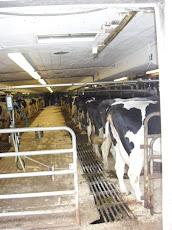




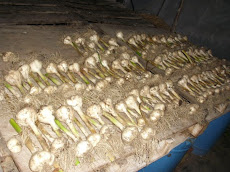



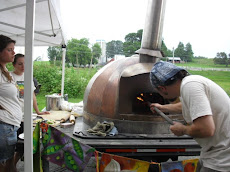

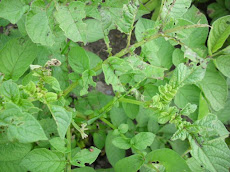



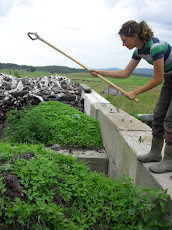



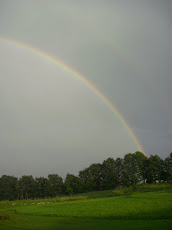
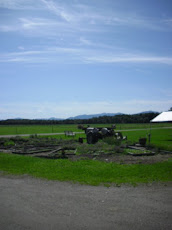
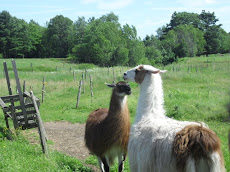

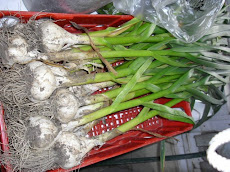




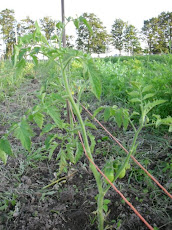






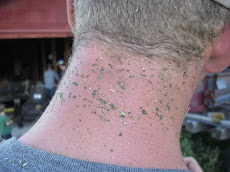

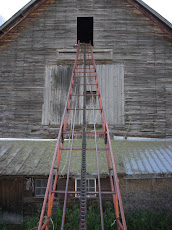



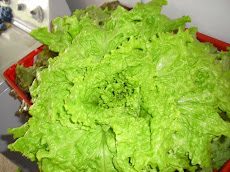

.jpg)


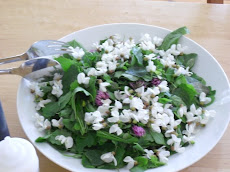








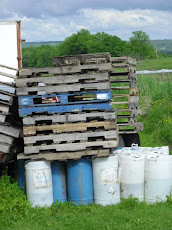




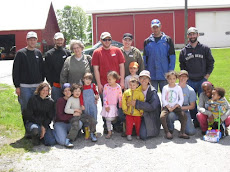
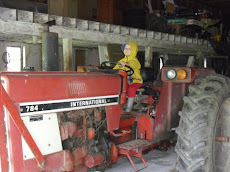




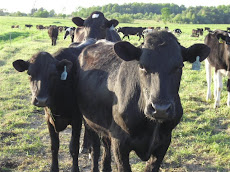

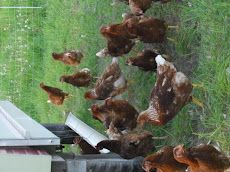

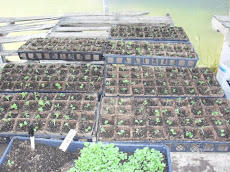



No comments:
Post a Comment